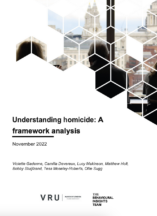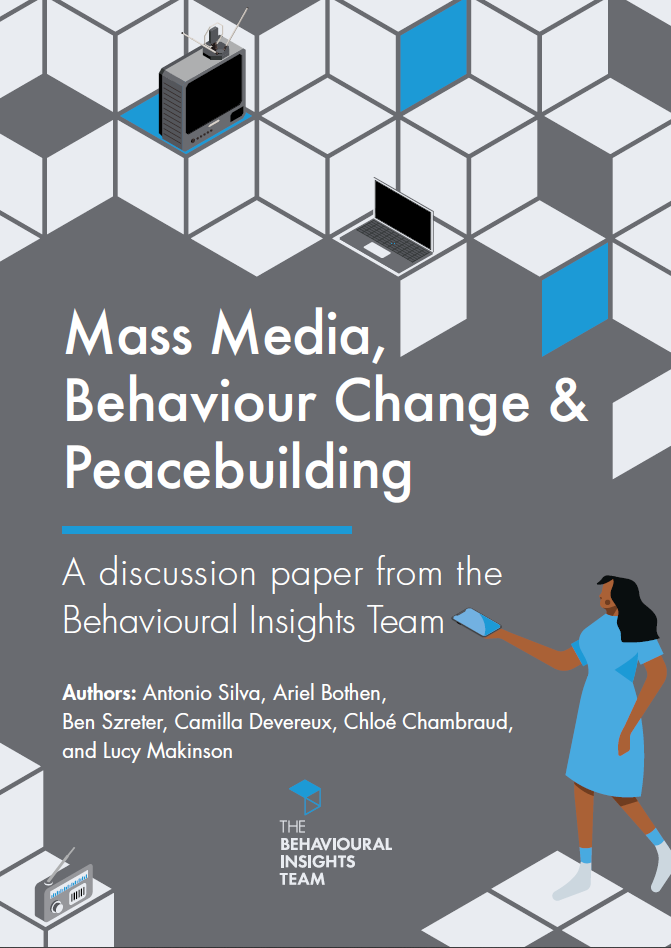Funded by London’s Violence Reduction Unit (VRU), this framework analyses police data to better understand the drivers of homicide and identify opportunities to intervene earlier.
The VRU commissioned the Behavioural Insights Team to work alongside the Met police to develop the framework using data from 50 homicide cases to capture behavioural and situational factors surrounding each case.
This was an initial pilot project with a relatively small sample of just 50 cases. Some of the early insights from the analysis of six factors in homicide include:
- Mental health – specific mental health conditions posed a greater risk of homicide. Initial findings identified more cases where mental health was a contributing factor to homicide than were originally flagged by existing police codes. Undiagnosed mental health cases provide a clear opportunity for intervention.
- Drugs – Drug-related homicides were prevalent during testing, with nearly half coded as involving drugs. It meant drug-related homicides overlapped with all of the factors included in the analysis.
- Alcohol – Alcohol was more likely to contribute to homicides at particular times of day or key locations. A recommendation is to identify specific ‘at risk’ locations to target preventative measures.
- Gangs – Gang violence presents a particular homicide risk in relation to young people. It often relates to premeditated homicides, suggesting that there are more opportunities for intervention.
- Social media – Evidence shows that social media usage in homicides was more sophisticated than sharing threats or aggressive language online. It was also used to lure victims into a trap, plan attacks or discuss the incident. The framework also found that the ability to delete messages on Snapchat was known and used by individuals, and may explain why it was favoured in the context of committing violence. The number of touchpoints provided in these escalations is an opportunity to predict and prevent escalation.
- Patterns of escalation – Short-length immediate escalation cases do not provide many opportunities to intervene to de-escalate, however, cases with medium-length escalation could bear more opportunities for “cooling down” interventions, to prevent the escalation from becoming violent.
By looking at how each of these initial six factors interact, the new framework will allow us to have a far more detailed record of the personal circumstances surrounding the victim and perpetrator.
The analysis and insight that this opens up will help practitioners, police officers, policymakers, and researchers to better understand the drivers of homicide in the capital and highlight where to best target resources.
Following its initial pilot in turning complex case notes into consistent data, the framework is now being used to analyse a further 250 cases with a view to it potentially being used more routinely in the capital.




